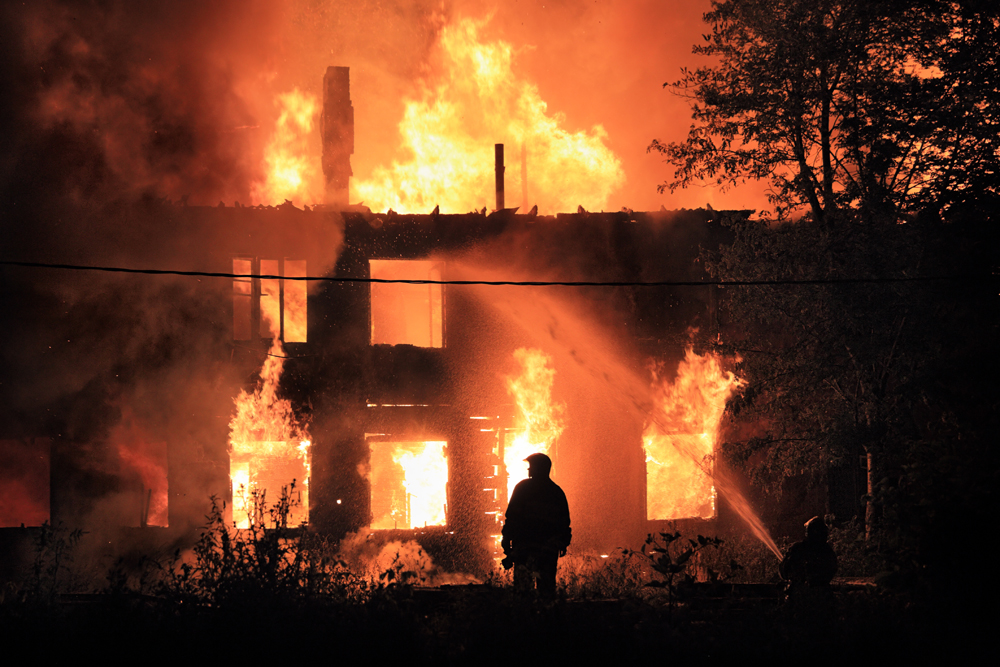No time to plan when the fire is already here
When a person encounters an emergency, they go into an automated response fight or flight mode. There is no time to think, only time to react. If you have not developed and practiced a plan of action on how to escape in the case of a fire, a person will become confused and disoriented. This can lead to delays in your escape and delays can lead to injury or death. That is why it is of utmost importance to develop a plan and more importantly practice that plan with everyone in the building, whether residential, commercial, educational or industrial.

In a fire, your home, place of business or institution will look very different than it would at any other normal time of day. As the heat accumulates quickly, heavy dark smoke begins to engulf rooms and disorient you. Even making it hard to recognize where the exits are, that you have taken every day of your life. The smoke chokes out any available oxygen making it difficult to breathe. It is often times this smoke and not the heat of fire itself that causes injuries and death.
An escape plan needs to be on the top of your priorities list to develop and practice both for your life and the lives of others.
Here’s what you need to know:
- Map it out
- Even if you are not a great artist, draw out a rough map of the location of doors and windows within your home. Find each egress and clearly mark them. People can remember images and photos and they are easily recalled in times of emergency.
- Get Low and Stay low
- Smoke starts at the ceiling level and then settles to the floor. Get down low to stay under the smoke filled ceiling, where there will be enough clean air to keep you breathing.
- Meeting place
- Have a designated area to meet outside and at a safe distance away from the fire.
- Close doors behind you as you leave
- Closing the doors behind you may slow the accumulation of smoke, fire and heat. This may buy you a few more seconds to escape.
- Notify the Fire Department Immediately
- If you do not have your home monitored by an alarm system with smoke detection which automatically dispatches local FD, you will need to call 911 immediately to dispatch the fire crews to your location.
- Once Out, Stay Out
- Under no circumstances should you enter back into the home. The professionals from the fire department have oxygen tanks and gear suitable for entering into the home and understand the process it will take to extinguish the fire.
- Practice you Plan
- A plan is nothing without action. Practice getting out safely a few times a year. Practice it at different times of the day. Practice with different routes. Practice with everyone in the home. Practice makes perfect.
To receive an immediate warning of the threats of a fire, be sure smoke detectors are installed. They can be hard wired or battery operated. If battery operated, be sure to change the batteries twice a year. We recommend changing them at Daylight Savings times.

Finally, Practice, practice and more practice. Practice until it becomes 2nd nature to get out immediately. You can take the skills you learn from your own escape plan into other places as well. When you stay at someone else’s home, a vacation spot, a restaurant, a movie theatre, take notice immediately of how to get out and develop a quick plan of action there as well. If you have visitors staying over, it may not seem like a top conversation topic, but let them know of the plan and where they can meet. When it comes to fires, we can hope for the best but not without first developing a plan for the worst case scenario.
Watch this great video from NFPA. For more information on escape plans, visit www.NFPA.org

